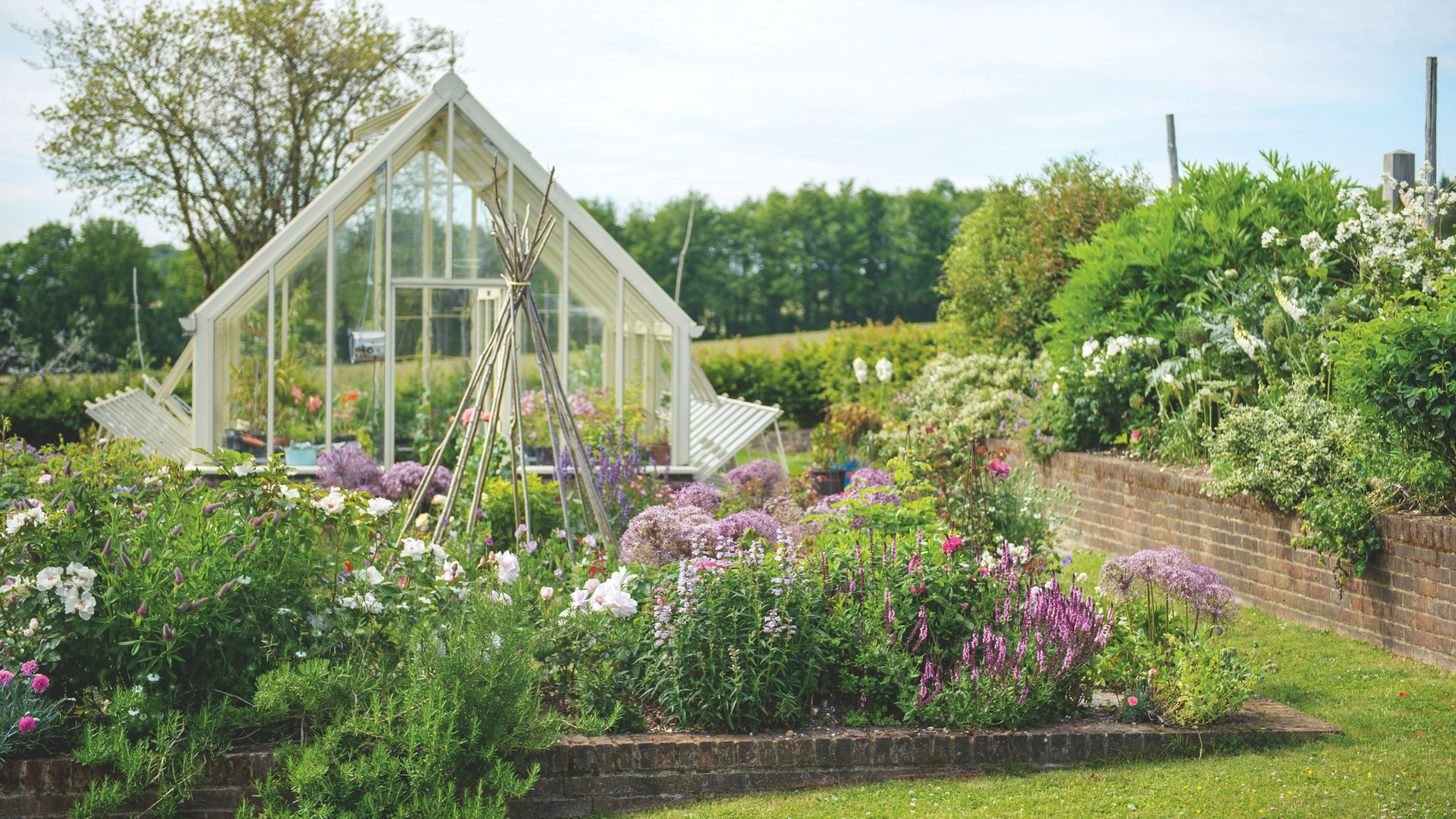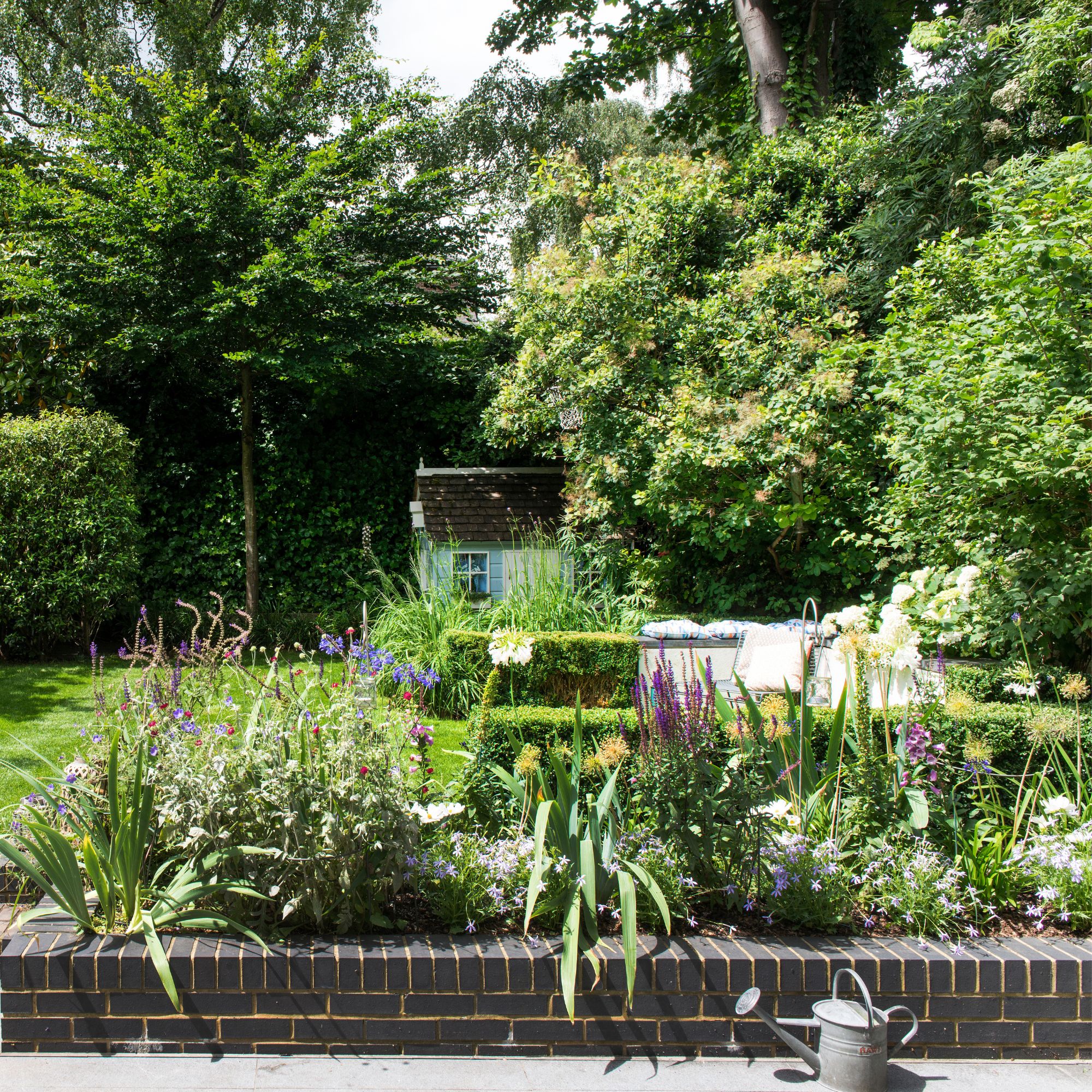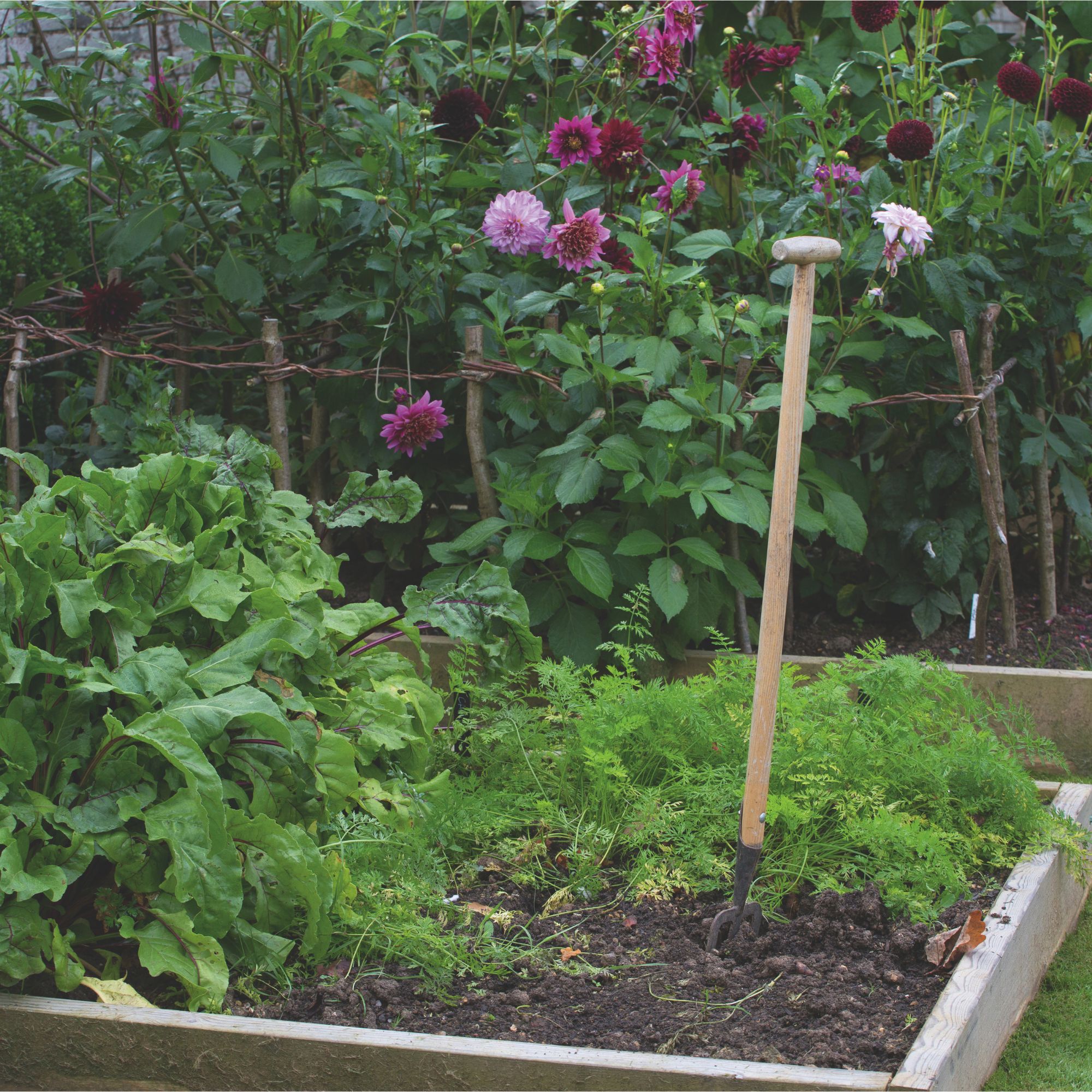Is your soil too acidic or too alkaline? Experts share the best way to change your soil's PH to make it more plant-friendly
… and why it’s a good idea to do so, too


You’re not alone. Whether you’re a seasoned gardener or just picking up tips from Instagram (or even Moominmamma), everyone knows that soil is the foundation of any thriving garden.
Of course, perlite and vermiculite often crop up when people talk about improving their flower beds and garden borders. Whether you know what perlite is or not, though, or not, adjusting your soil’s pH is a different game altogether... and it’s one of the most important steps for keeping your plants happy and healthy.
So, why does soil pH matter so much? How do you test it? And are there any practical ways you can raise or lower it to suit your plants’ needs? Let's dive on in....
How to change your soil pH
'Soil pH plays a big part in growing a thriving garden, and although it’s often overlooked, knowing soil pH is worthwhile,' says Morris Hankinson, director of Hopes Grove Nurseries.

Morris Hankinson is the founder and managing director of Hopes Grove Nurseries Ltd, the UK’s only specialist grower-retailer of hedging plants. He established the thriving business in 1992, shortly after graduating with a Commercial Horticulture Degree from Writtle College, Essex.
Before you determine whether or not it's time to learn how to change your soil pH, though, it's important to figure out what you're already working with.
'The easiest way to test your soil is to buy an easy to use soil pH test kit from a garden centre or online. They are inexpensive and quite fun to use. Think school science project!' promises Morris.

Try something like the PH soil test kit from Crocus, £13.99 if you want something extra user-friendly. Or, if you want to go more old school, there's another option: you could add vinegar to a soil sample.
Sign up to our newsletter for style inspiration, real homes, project and garden advice and shopping know-how
'If it fizzes, it's likely alkaline. Add baking soda and water to another sample, and if that fizzes, it’s likely acidic. Not exact, but fun to try,' says landscaper and gardening expert Steven Bell.

Steven Bell is an experienced landscaper, with years of experience owning paving and gardening companies. Combining hands-on expertise with a deep appreciation for sustainable landscaping practices, Steven enjoys sharing his insights with readers to inspire their own green-thumb adventures.
Once you've got a read on your soil's pH, you can suss out what to do next. As Morris goes on to note, 'planting the right plants according to the soil pH will help them thrive' – but, in many cases, the pH may not be ideal.
'You can learn how to change your soil pH, but it is difficult and ideally it is better to work with what you have rather than try to change it,' he points out.
That being said, there are a few things you can try if you're working with a smaller patch of soil or a container garden...
1. Add lime
If your soil is too acidic for your plants, Steven says one of the easiest ways to change your soil pH is to add lime.
'Garden lime (ground limestone) is the most common way to raise pH. It’s slow-acting, so apply it in autumn or well before planting,' he explains.
'Use calcitic lime for a gentler approach, or dolomitic lime if your soil is also magnesium-deficient. Just be sure to always follow the packet instructions carefully, as overdoing it can lead to nutrient imbalances.'
You can pick up a box of Westland 20600101 Garden Lime Soil Conditioner from Amazon, £9 easily enough if you want to try this at home.
2. Use wood ash (sparingly)
Another way to change your soil pH is to use wood ash.
'If you’ve got a fireplace or wood-burning stove, a light sprinkle of cooled, clean wood ash can help raise pH,' says Steven.
Still, don’t get too heavy-handed with it; as Steven warns, this is potent stuff.'
3. Try some organic matter

If you want to change your soil's pH and transform it into something more acidic, Steven says you can slowly incorporate in 'organic materials like pine needles, composted leaves, or peat-free ericaceous compost'.
4. Try sulphur
'Garden sulphur is the most effective way to lower your soil's pH, but it works slowly,' explains Steven, noting that it's best applied in spring or autumn.
'Iron sulphate (Westland's Iron Sulphate, £6, from Amazon is a budget-friendly option), too, is often used for lawns, as it has the added benefit of greening up grass while gently acidifying soil.'
FAQs
What is soil pH and why does it matter?
'Soil pH is the measurement of how alkaline or acidic soil is and is based on a scale of 0 to 14. Acidic soil has a pH below 7, neutral soil is about 7, and alkaline soil is above 7. Different plants thrive in each of these soil pH levels,' explains Morris Hankinson of Hopes Grove Nurseries.
'Blueberries, camellia, hydrangea, dogwood and azaleas all prefer acidic soil of around 4.5 to 5.5. Plants such as lavender and clematis will grow best in alkaline soil above 7, but most vegetables will grow well in very slightly acidic to neutral soil of 6.0 to 7.0,' he adds.
How can you amend your soil pH?
You can amend your soil's pH with a little work and care, but most gardeners will advise you to work with what you've got.
'If you need to make your soil more acidic and lower the pH, you can try adding organic matter such as pine needles or well-rotted oak leaves. Some people add sulphur or ericaceous compost and fertiliser,' says Morris Hankinson of Hopes Grove Nurseries.
'To raise soil pH and make it more alkaline, lime can be applied to the soil and also wood ash, which should be mixed in well and used sparingly,' he adds.
'However, it takes time, patience and work to amend soil, and it really is best to try and work with the soil you have, improving the structure and drainage, planting for the soil pH levels and enjoying what nature has given you to play with.'
Learning how to change your soil pH isn't a quick fix; it's important to take your time, apply your ingredients slowly, and keep testing your soil every few months to see how it's changing.
'Organic matter not only improves pH over time but also supports soil health, structure, and life,' says Steven. 'Still, if your soil is naturally acidic, why not embrace it with azaleas, heathers, or blueberries?'
Happy gardening!

Kayleigh Dray became Ideal Home’s Acting Content Editor in the spring of 2023, and is very excited to get to work. She joins the team after a decade-long career working as a journalist and editor across a number of leading lifestyle brands, both in-house and as a freelancer.